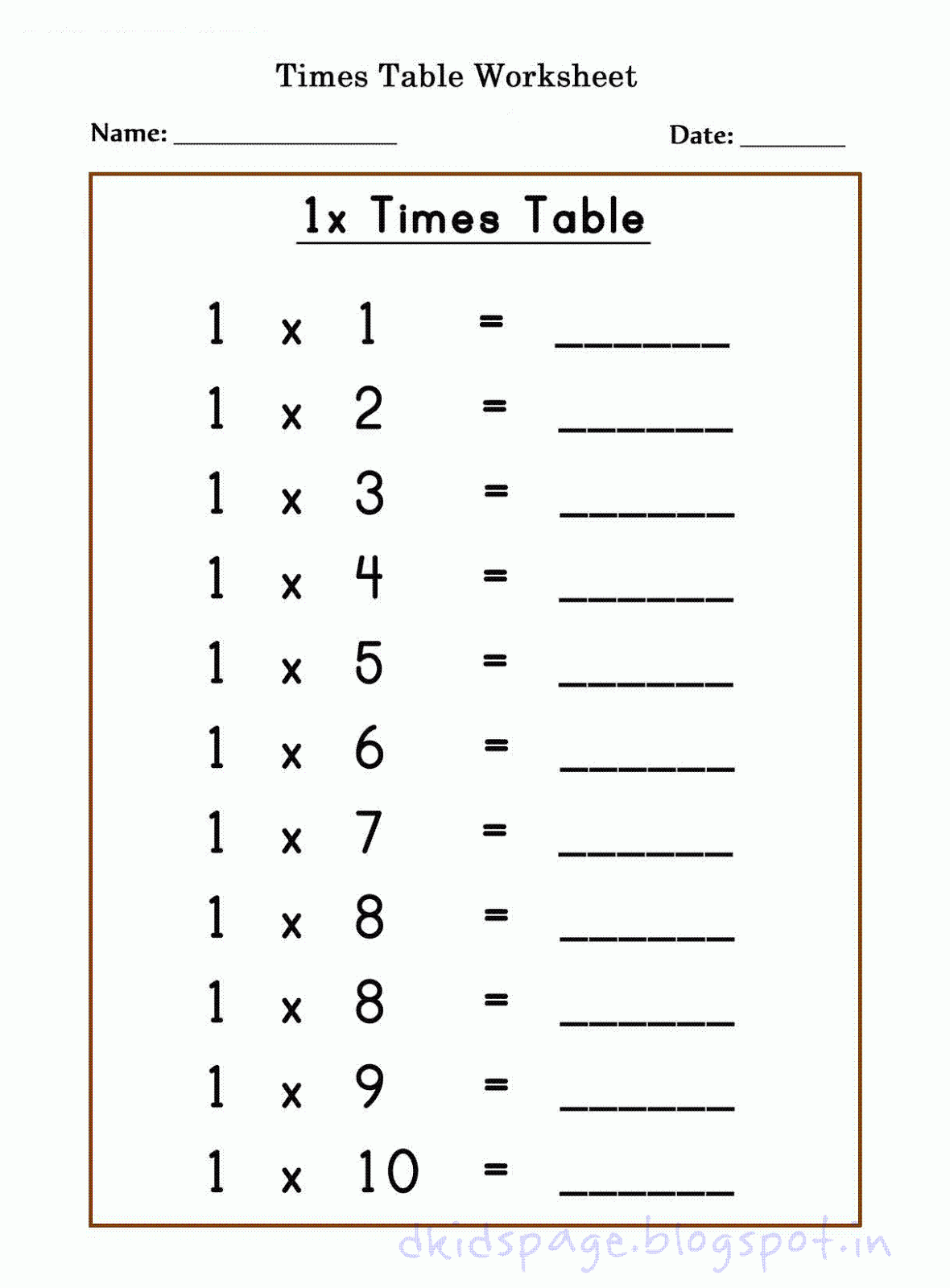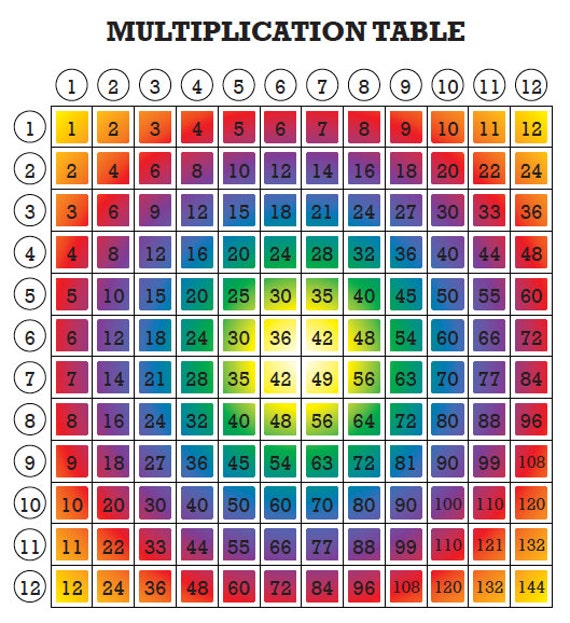

Here are some printable forms on which you can record your progress: Time learning them well and you'll reap the benefits in future. To know your times tables forwards, backwards and all mixed up. Should learn then as you'd learn a song or a dance. It is important to learn the times tables from 2 to 12. There are games, exercises and speed tests designed to improve your recall of multiplication facts.
#MATH TIMES TABLES FOR KIDS FREE#
Learn a Times Table in only 5 days! Here are some free online activities (including Tablesmaster) to help you achieve your goal. Subscribers: Access our database of Times Tables Tips Teachers: Start your lesson with a Times Tables Starter The most popular activity on the Transum website! Post your work around the house or classroom. Draw cartoon pictures to make them memorable. Make up stories, jokes or rhymes to remind you of the difficult multiplication facts. Repeat this ten times then type out a neat copy to post onto the wall.

Use addition to work out the next number in the sequence. Take care to ensure that you only use the chart as a teaching aid – children still need to understand the concept of “X lots of Y”.Begin by writing out your times table on paper slowly and carefully. Teaching times tables can be difficult but, with the right tools and variety of approaches you can make it fun and interesting for your child. A lot of kids would know that 6 x 4 = 24, but if you asked them 4 x 6 they would scratch their heads. For example, 4 x 6 and 6 x 4 both equal 24. Remember – it doesn’t matter in what order the 2 numbers are that you are multiplying the result will be the same.Record the times so that you can have your child try to beat their best time. Race against the clock – with a stop watch time how long it takes to recite a times table off the chart or from memory.

#MATH TIMES TABLES FOR KIDS PLUS#
Skip counting is a good math skill for kids to learn – it improves their ability to understand multiplication, plus it gives children the ability to count objects faster (counting objects by two is much faster than counting by one). Skip counting is when you count in increments other than one.For example skip counting by two goes like this: 2, 4, 6, 8, 10, 12, 14, 16, 18, 20. Skip Counting – try teaching your child to skip count.You can use a hundreds chart to demonstrate the multiplication patterns that each times table creates. Hundreds Chart – use a hundreds chart to show your child how multiplication works.See our times table video page for our recommendations >.



 0 kommentar(er)
0 kommentar(er)
